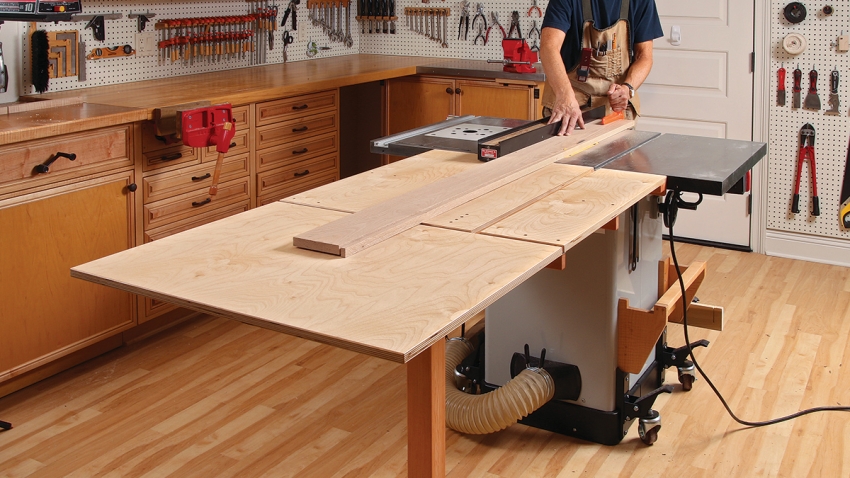
Maximize Table Saw Potential: Ultimate Guide to Outfeed Tables
The table saw reigns supreme as a cornerstone tool in any woodshop. While it excels at rips, crosscuts, and even joinery with the right jigs, its basic work surface can limit its functionality. This is where the often-overlooked hero, the table saw outfeed table, steps in.
An outfeed table seamlessly extends the table saw’s working area, creating a more supportive platform for long boards or sheet goods. It improves safety, precision, and workflow, making your woodworking experience smoother and more enjoyable.
This comprehensive guide dives into the world of table saw outfeed tables, exploring their benefits, types, functionalities, and how to choose and build the perfect one for your needs.
Unveiling the Benefits of an Outfeed Table
So, you might be wondering, is an outfeed table really necessary? The answer is a resounding yes, especially for those who regularly work with larger materials. Here’s how an outfeed table elevates your table saw game:
-
Enhanced Support: An outfeed table provides a stable platform for long workpieces, preventing them from sagging or tipping during cuts. This translates to cleaner cuts, improved accuracy, and reduced risk of material binding.
-
Boosted Safety: By eliminating the precarious situation of unbalanced long boards teetering off the edge of the saw, an outfeed table minimizes the risk of kickback and loss of control – a significant safety concern when operating a table saw.
-
Streamlined Workflow: With an outfeed table, you no longer need a helper to catch boards as they exit the saw. This frees you up to focus on the cut itself, leading to a more efficient workflow.
-
Versatility Unleashed: Outfeed tables can be outfitted with rollers for effortless material handling, fences for outfeed support, and even dust collection ports for a cleaner work environment.
-
Storage Solutions: Some outfeed tables boast built-in cabinets or shelves, providing valuable storage space for jigs, blades, and other table saw accessories.
Unveiling the Different Types of Outfeed Tables
Outfeed tables come in various configurations to suit specific needs and budgets. Here’s a breakdown of the most common types:
Stationary Outfeed Tables:
These are sturdy, permanent extensions that attach directly to the table saw frame or base. They offer maximum support and stability but might not be ideal for workshops with limited space.
Folding Outfeed Tables:
These space-saving options fold flat when not in use, making them perfect for compact shops. They often incorporate adjustable legs for height customization.
Rolling Outfeed Tables:
As the name suggests, these outfeed tables feature wheels for mobility. They can be easily positioned alongside the table saw when needed and rolled away for storage.
DIY Outfeed Tables:
For the budget-conscious woodworker, building a custom outfeed table from plywood or MDF is a viable option. This allows for complete customization in terms of size, features, and integration with your existing table saw.
Delving into Outfeed Table Functionalities
Beyond the basic function of extending the work surface, outfeed tables can offer additional functionalities to enhance your woodworking experience. Here are some noteworthy features to consider:
-
Height Adjustability: An outfeed table that matches the exact height of your table saw’s top ensures smooth material flow and eliminates the risk of snipe (compression marks) on the underside of workpiece.
-
Roller Support: Outfeed tables equipped with rollers significantly reduce friction, making it effortless to maneuver heavy or long boards.
-
Fences: An outfeed fence provides additional support for long cuts and can be particularly helpful for tasks like ripping narrow strips.
-
Dust Collection Ports: Keeping your workspace free of sawdust is essential for both safety and visibility. Look for outfeed tables with dust collection ports that connect to your shop vacuum.
Selecting the Perfect Outfeed Table
Choosing the ideal outfeed table hinges on several factors, including your workshop space, budget, and woodworking needs. Here’s a breakdown of key considerations:
-
Table Saw Compatibility: Ensure the outfeed table you choose is compatible with your specific table saw model. Some manufacturers offer dedicated outfeed tables designed for their saws, while others offer universal options.
-
Size and Weight: Consider the available space in your workshop. If portability is a concern, a folding or rolling outfeed table might be preferable. The weight of the table saw and the materials you typically work with will also influence the weight capacity you need in an outfeed table.
-
Material and Construction: Outfeed tables are commonly constructed from MDF, plywood, or steel. MDF and plywood offer a cost-effective option, while steel provides superior durability and weight capacity.
-
Features: Evaluate the features you find most valuable. Do you prioritize height adjustability, roller support, or perhaps a built-in fence and dust collection capabilities?
- Budget: Outfeed tables range in price from affordable DIY projects to high-end commercial models. Determine your budget and prioritize the features that matter most to you.
Building Your Own Outfeed Table (Optional Section)
For the handy woodworker, crafting a custom outfeed table offers the ultimate level of customization and cost-efficiency. Here’s a basic outline to get you started:
-
Planning and Design: Sketch a design that aligns with your table saw dimensions and desired features. Consider factors like height, width, leg design (folding or fixed), and any storage compartments you might want to incorporate.
-
Material Selection: Choose high-quality plywood or MDF with a thickness that ensures stability for your typical workload. 3/4-inch or thicker material is generally recommended.
-
Cutting and Assembly: Use a circular saw or table saw to cut your plywood or MDF pieces to size according to your design. Assemble the components using wood glue and screws, ensuring square corners for stability.
-
Height Adjustment (Optional): If you want an adjustable outfeed table, incorporate threaded inserts and leveling casters into the leg design.
-
Finishing Touches: Sand the assembled table smooth and apply a coat of paint or sealant for protection. You can also add roller supports, a fence system, or a dust collection port at this stage.
Conclusion: Investing in Efficiency and Safety
A table saw outfeed table is more than just an accessory; it’s an investment in efficiency, safety, and overall woodworking enjoyment. By understanding the benefits, types, functionalities, and selection considerations, you can choose the perfect outfeed table to elevate your table saw’s capabilities and transform your woodworking workflow.
So, equip your table saw with this powerful partner and experience the difference an outfeed table can make in your workshop!











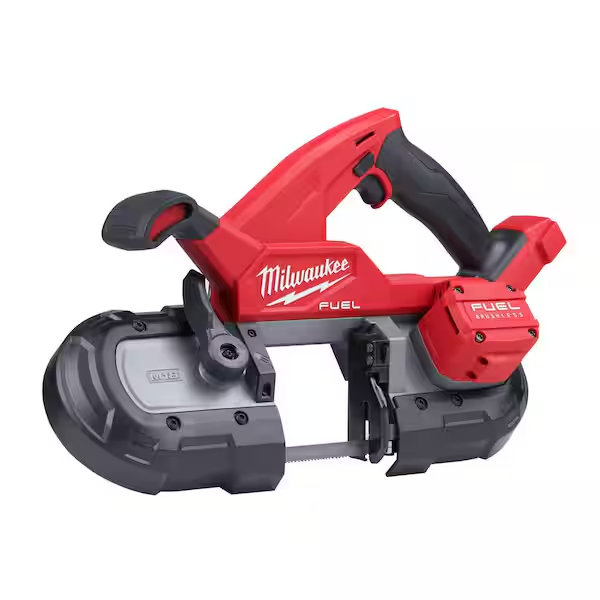
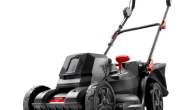

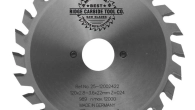
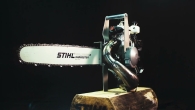
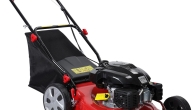
Leave a Reply